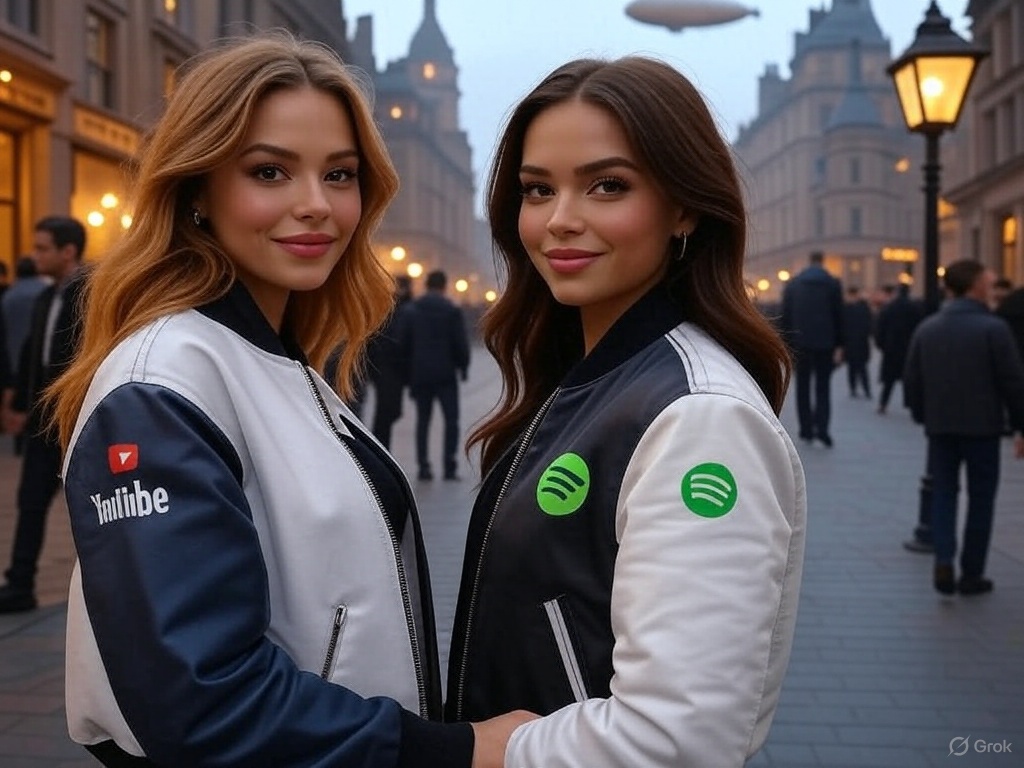In a bold move to strengthen its position in the creator economy, Spotify announced it paid out more than $100 million to podcasters and creators in the first quarter of 2025 through its new monetization program, the Spotify Partner Program.
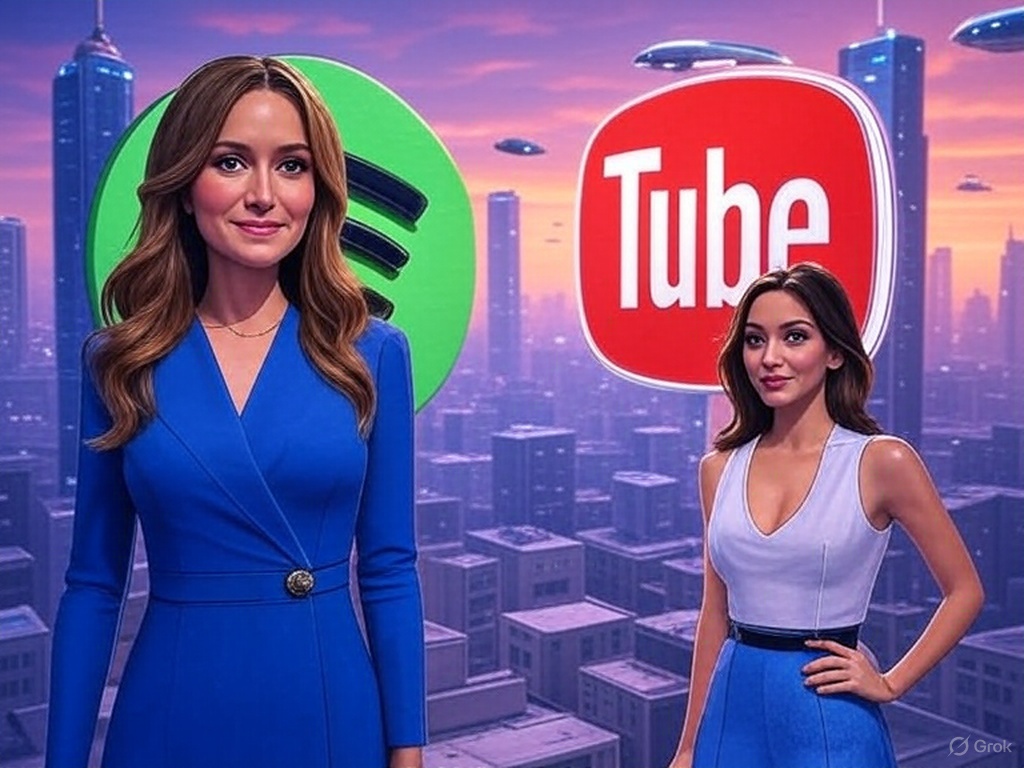 This milestone, reported by The New York Times and other outlets, underscores Spotify’s aggressive push to compete with YouTube, particularly in the rapidly growing video podcasting space.
This milestone, reported by The New York Times and other outlets, underscores Spotify’s aggressive push to compete with YouTube, particularly in the rapidly growing video podcasting space.
For comparison, YouTube paid out a staggering $70 billion to creators and media companies from 2021 to 2024, averaging approximately $5.8 billion per quarter.
While Spotify’s payout is a fraction of YouTube’s, it signals a strategic shift to attract top talent and challenge YouTube’s dominance.
Spotify’s New Monetization Play
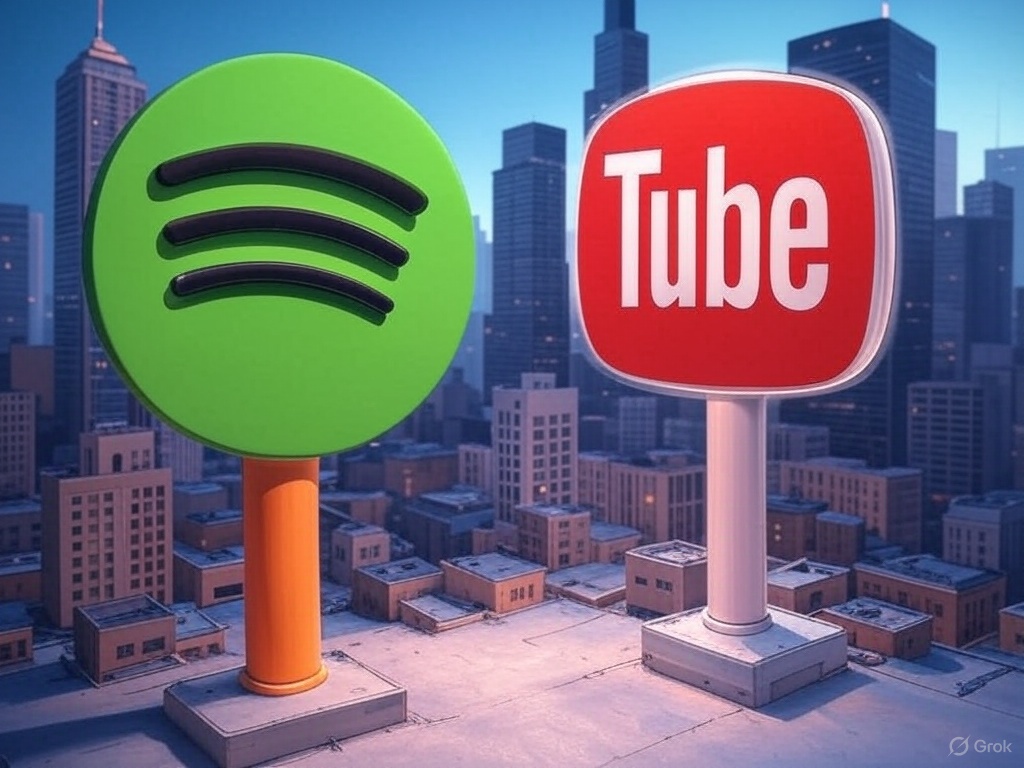 Launched in January 2025 in select markets like the U.S., U.K., Canada, and Australia, the Spotify Partner Program offers creators flexible ways to monetize their content.
Launched in January 2025 in select markets like the U.S., U.K., Canada, and Australia, the Spotify Partner Program offers creators flexible ways to monetize their content.
The program includes audience-driven payouts based on engagement from Spotify Premium subscribers watching video content, as well as ad revenue from Spotify Free and other podcast platforms.
Creators can earn every time a Spotify-monetized ad plays in their episodes or when Premium subscribers view dynamic video ads. Since its rollout, the program has expanded to nine additional markets, with video podcast adoption surging — active monthly video podcasts on Spotify grew by 28% in Q1.
The results are already impressive. Spotify reported that participating creators saw earnings increase by 23% month-over-month from January to February and 29% from February to March. Major advertisers, including McDonald’s, Google, and Chelsea FC, have joined the Spotify Audience Network, boosting monetization opportunities.
 Success stories include YMH Studios, which produces the podcast 2 Bears, 1 Cave, tripling its quarterly Spotify revenue, and The Diary of a CEO, which saw a 45% increase in weekly views after joining the program.
Success stories include YMH Studios, which produces the podcast 2 Bears, 1 Cave, tripling its quarterly Spotify revenue, and The Diary of a CEO, which saw a 45% increase in weekly views after joining the program.
Smaller creators, like David Coles of Just Creepy: Scary Stories, also benefited, with his Spotify earnings rising from $45,500 to $81,600 in a single quarter.
Spotify’s focus on video podcasts is a key driver of this payout. With over 250 million users having watched a podcast on the platform and a 50% year-over-year increase in creators publishing video content, Spotify is capitalizing on the growing preference for video over audio-only podcasts.
According to Edison Research, 31% of weekly podcast listeners prefer YouTube for video podcasts, compared to 27% for Spotify, highlighting the gap Spotify aims to close.
YouTube’s Dominance in Context
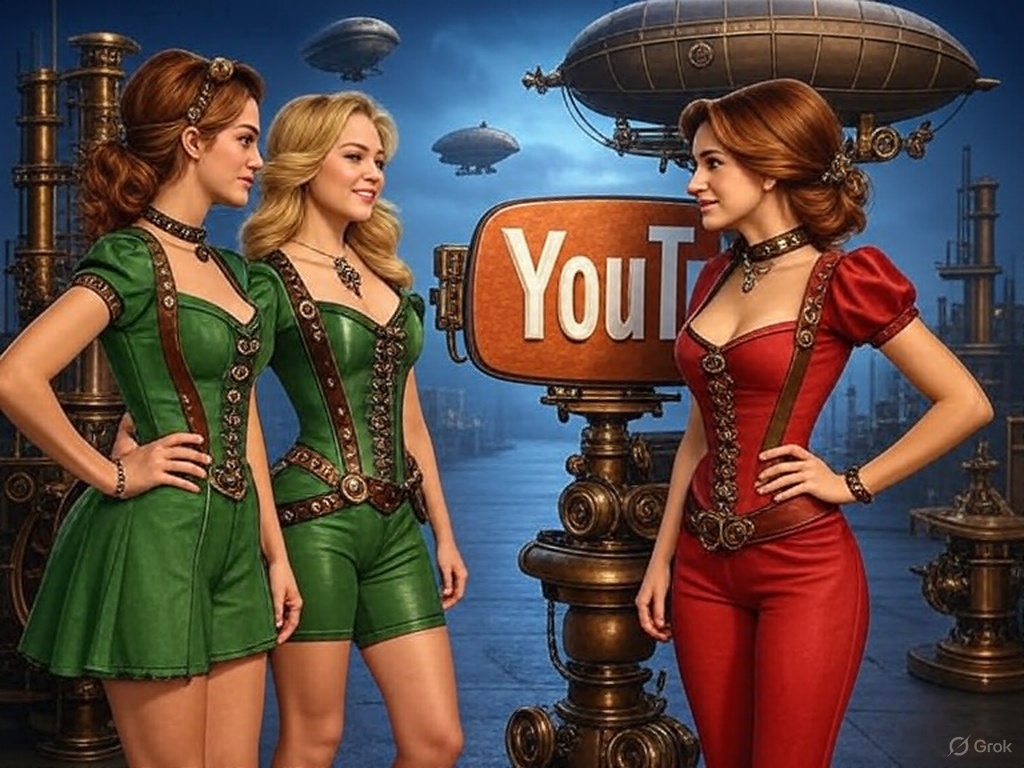 YouTube’s $70 billion payout over three years dwarfs Spotify’s $100 million quarterly achievement. However, YouTube’s figure encompasses a broader creator ecosystem, including vloggers, musicians, and media companies, not just podcasters.
YouTube’s $70 billion payout over three years dwarfs Spotify’s $100 million quarterly achievement. However, YouTube’s figure encompasses a broader creator ecosystem, including vloggers, musicians, and media companies, not just podcasters.
With over one billion monthly podcast listeners compared to Spotify’s 170 million, YouTube remains the undisputed leader in video podcasting.
Its Partner Program, which expanded in 2023 to include Shorts and new ad-sharing models, has paid out more than any other creator monetization platform, supporting over three million channels.
YouTube’s scale is further reflected in its Q1 2025 ad revenue of $8.93 billion, a 10% increase from the previous year, driven by strength in brand and direct response advertising. This financial firepower allows YouTube to sustain massive payouts while investing in AI tools to enhance ad relevance. Creators like MrBeast, who earned $82 million in 2023, exemplify YouTube’s ability to generate life-changing revenue for top talent.
 Also read:
Also read:
- How to Choose the Perfect YouTube Thumbnail: The Power of Emotions
- Spotter’s Creator Con: Redefining Media with YouTube’s Biggest Stars
- The Battle for Creators: Netflix, Peacock, and Disney Chase YouTube Stars
Spotify’s Strategic Edge
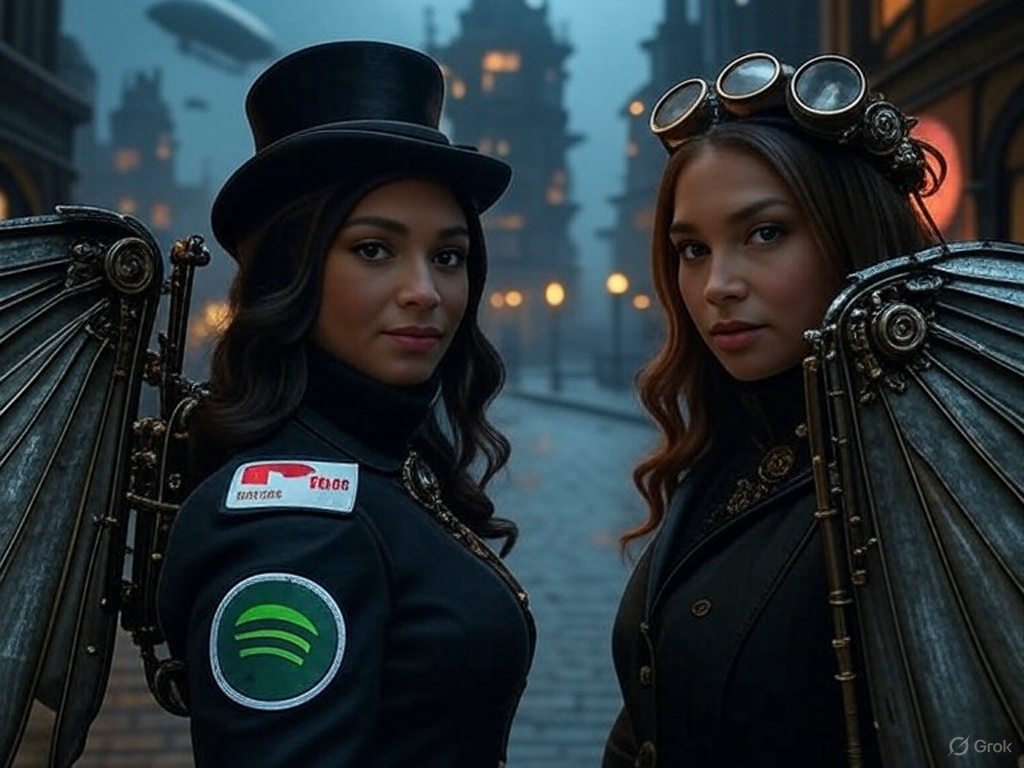 Despite YouTube’s lead, Spotify is carving out a niche by focusing exclusively on podcasters and offering a tailored monetization model. Unlike YouTube, which shares ad revenue across diverse content types, Spotify’s Partner Program prioritizes podcast-specific revenue streams, such as Premium video engagement and host-read ads.
Despite YouTube’s lead, Spotify is carving out a niche by focusing exclusively on podcasters and offering a tailored monetization model. Unlike YouTube, which shares ad revenue across diverse content types, Spotify’s Partner Program prioritizes podcast-specific revenue streams, such as Premium video engagement and host-read ads.
Additionally, Spotify’s decision to remove ads from video podcasts for Premium subscribers incentivizes creators to produce high-quality video content, driving a 40% increase in video consumption since January.
Spotify’s talent roster, including heavyweights like Joe Rogan, Alex Cooper, and Theo Von, bolsters its appeal. While Rogan’s exclusivity deal with Spotify ended, his new $250 million contract includes revenue-sharing and multi-platform distribution, keeping him tied to Spotify’s ecosystem. The platform’s acquisition of Gimlet Media in 2019 and its first full year of profitability in 2024 further demonstrate its long-term commitment to podcasting.
The Creator Perspective
 For creators, Spotify’s program offers a compelling alternative to YouTube. The ability to earn directly from Premium subscriber engagement, combined with ad revenue, provides a more predictable income stream compared to YouTube’s ad-dependent model.
For creators, Spotify’s program offers a compelling alternative to YouTube. The ability to earn directly from Premium subscriber engagement, combined with ad revenue, provides a more predictable income stream compared to YouTube’s ad-dependent model.
Creators like Coles are reevaluating their “home platform” as Spotify’s payouts rival or surpass YouTube earnings. However, YouTube’s massive audience and established infrastructure make it unlikely to cede ground easily.
Looking Ahead
 Spotify’s $100 million payout is a significant step, but it’s just one part of a broader strategy to build a sustainable creator ecosystem. As the platform continues to invest in tools, analytics, and mobile app features like podcast clips, it aims to attract both creators and listeners. Meanwhile, YouTube’s unmatched scale and diversified revenue streams ensure it remains the platform to beat.
Spotify’s $100 million payout is a significant step, but it’s just one part of a broader strategy to build a sustainable creator ecosystem. As the platform continues to invest in tools, analytics, and mobile app features like podcast clips, it aims to attract both creators and listeners. Meanwhile, YouTube’s unmatched scale and diversified revenue streams ensure it remains the platform to beat.
The battle for creator talent is heating up, and Spotify’s latest move shows it’s serious about closing the gap. Whether it can persuade more creators to prioritize its platform over YouTube will depend on sustained investment and innovation in monetization.
For now, podcasters are reaping the benefits of this rivalry, with more ways to earn than ever before.

